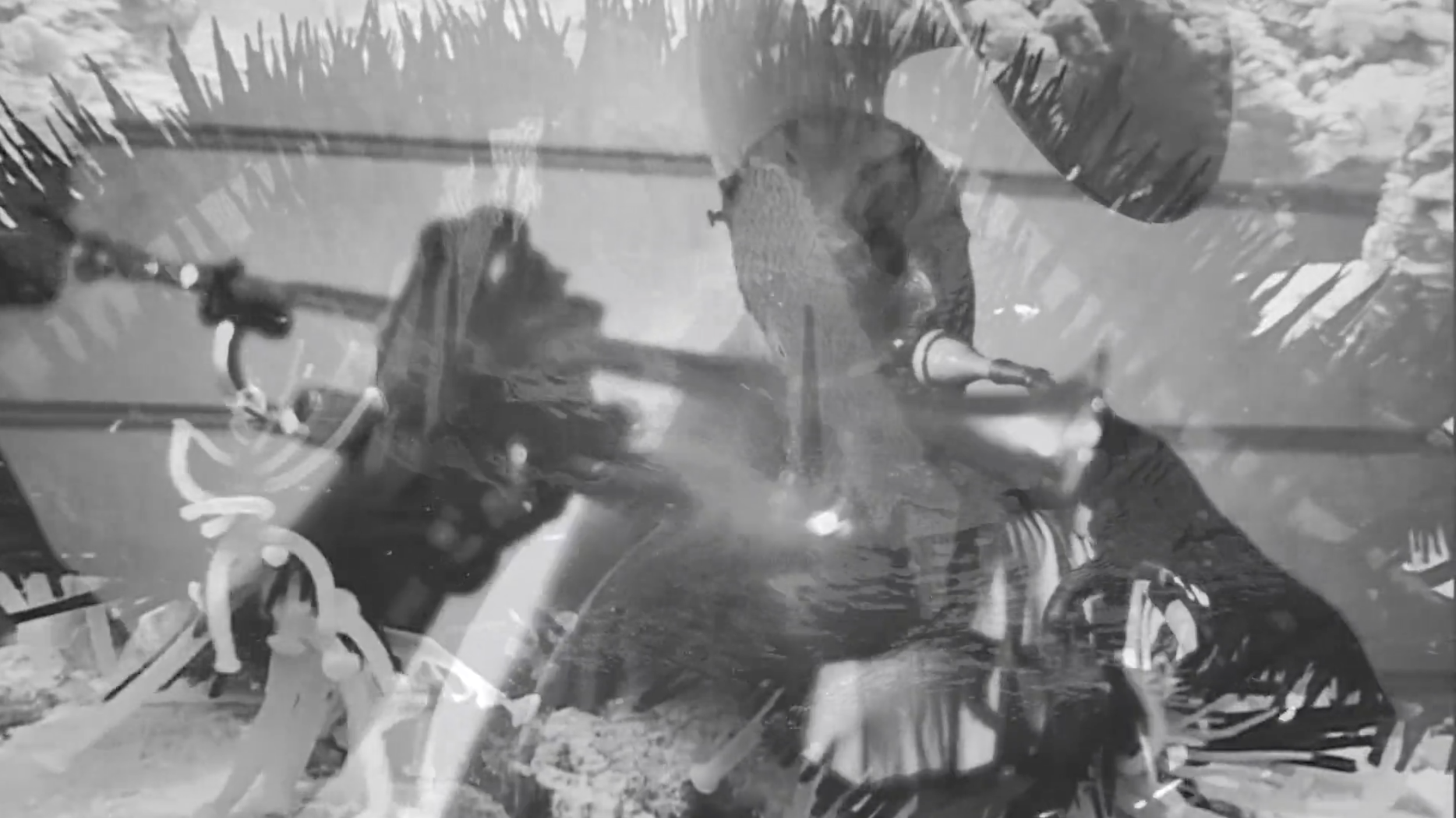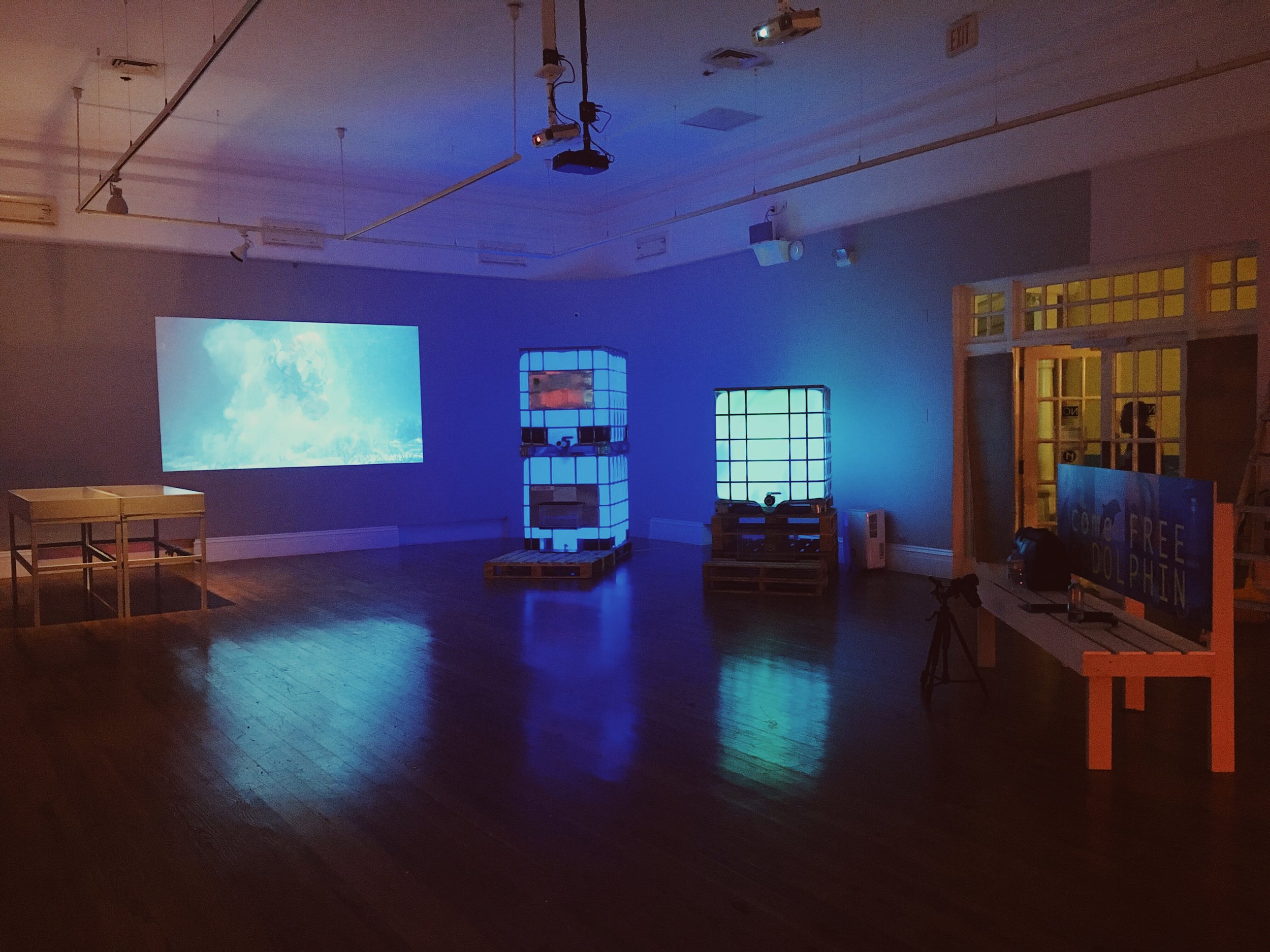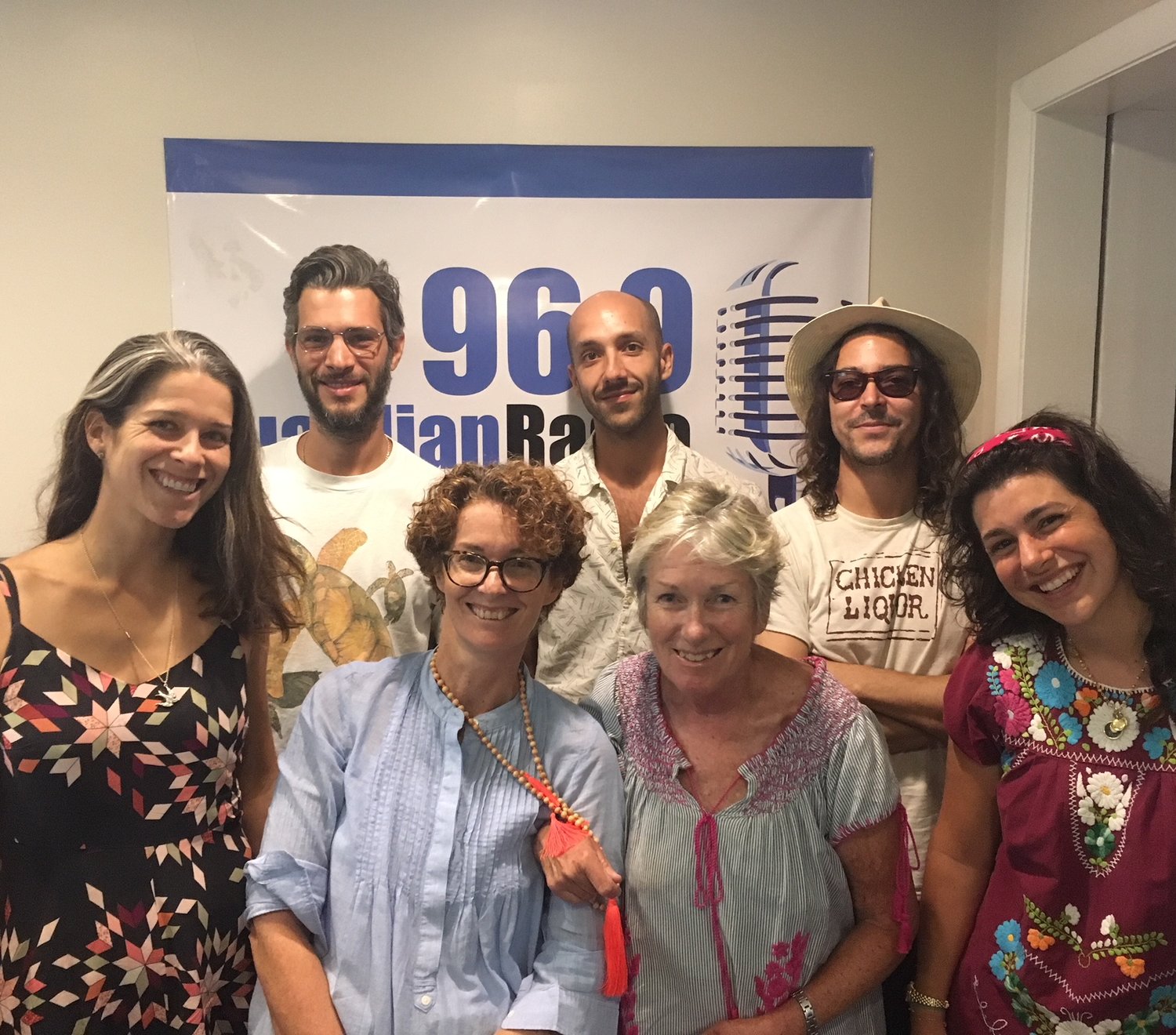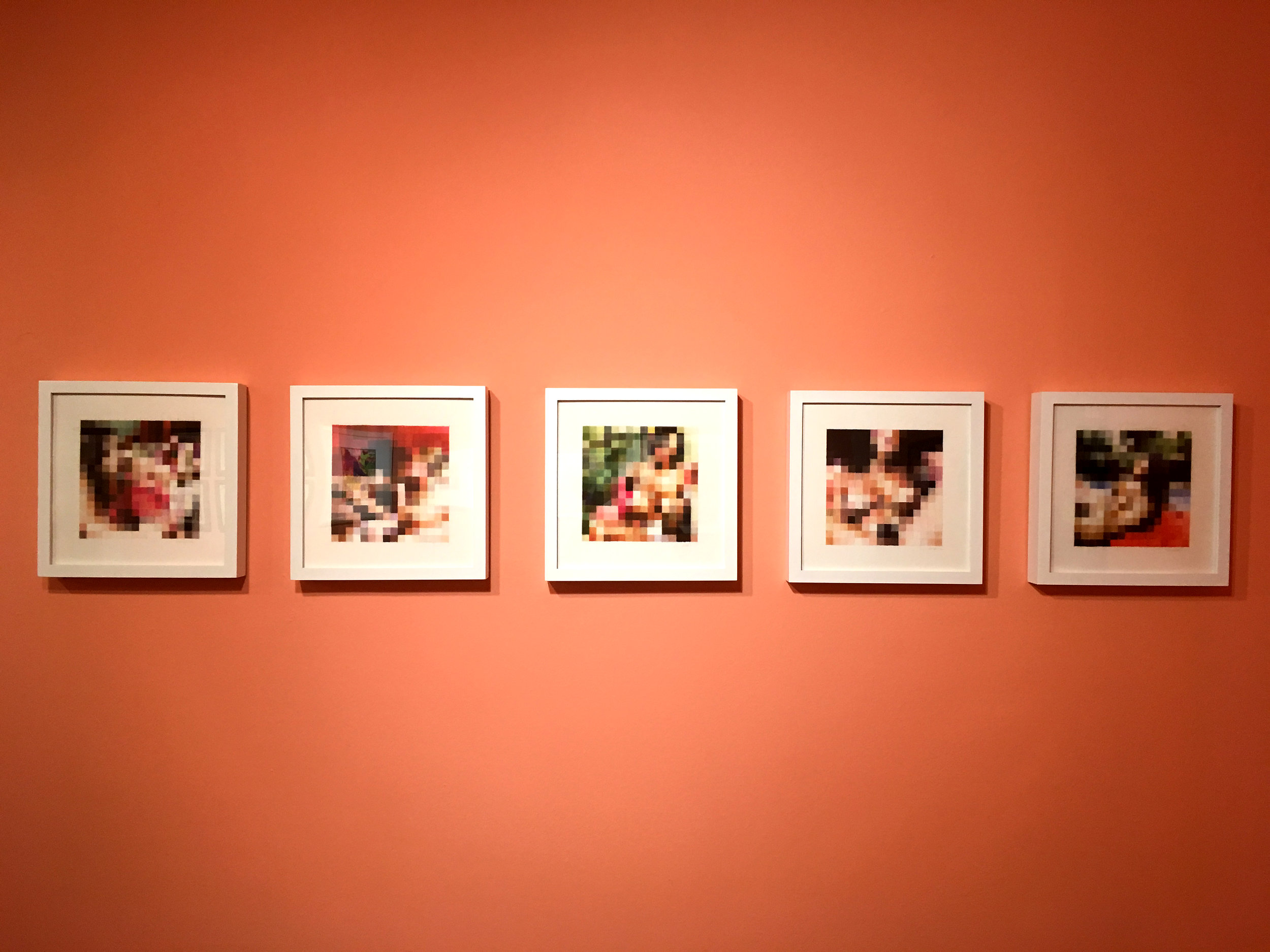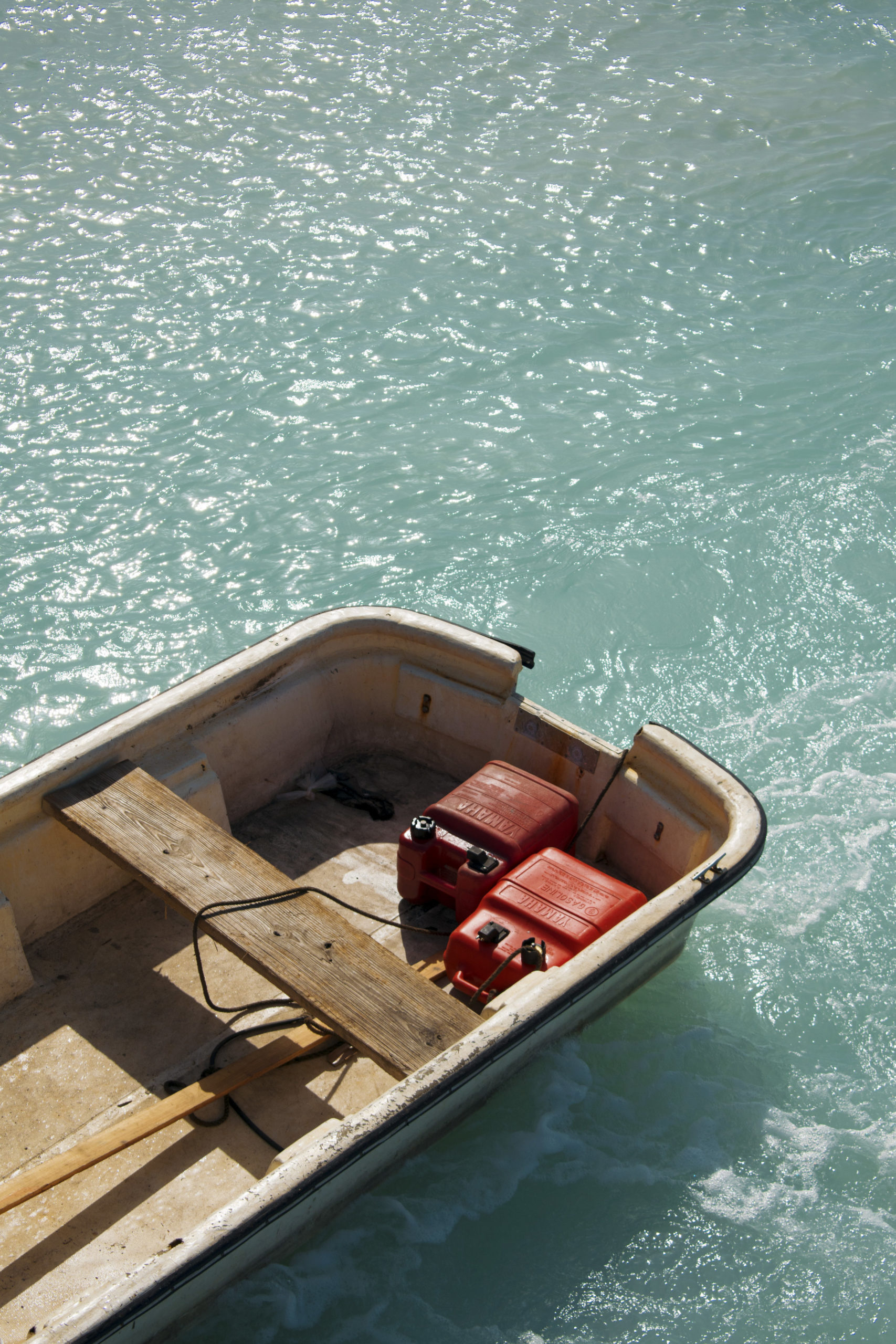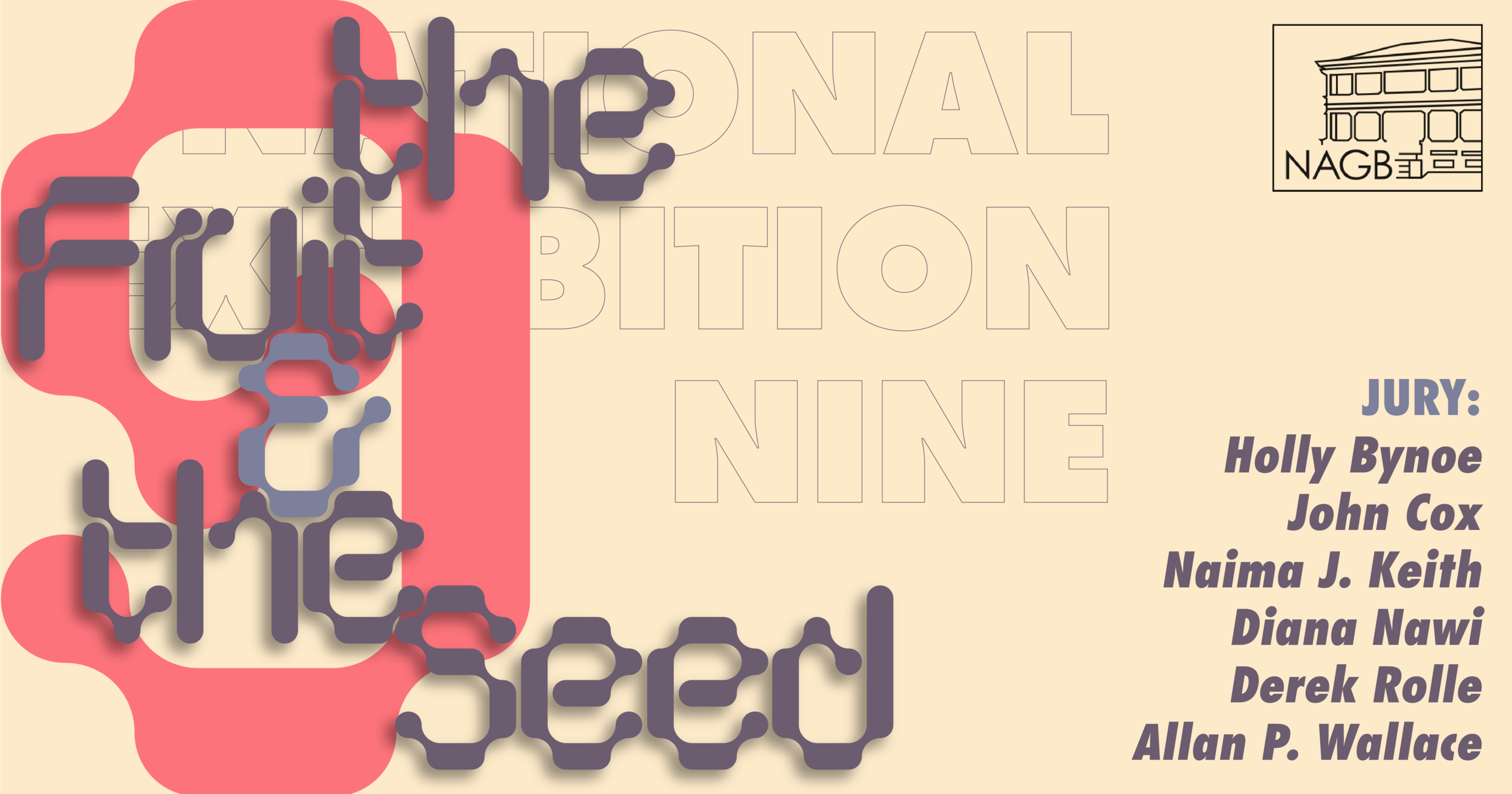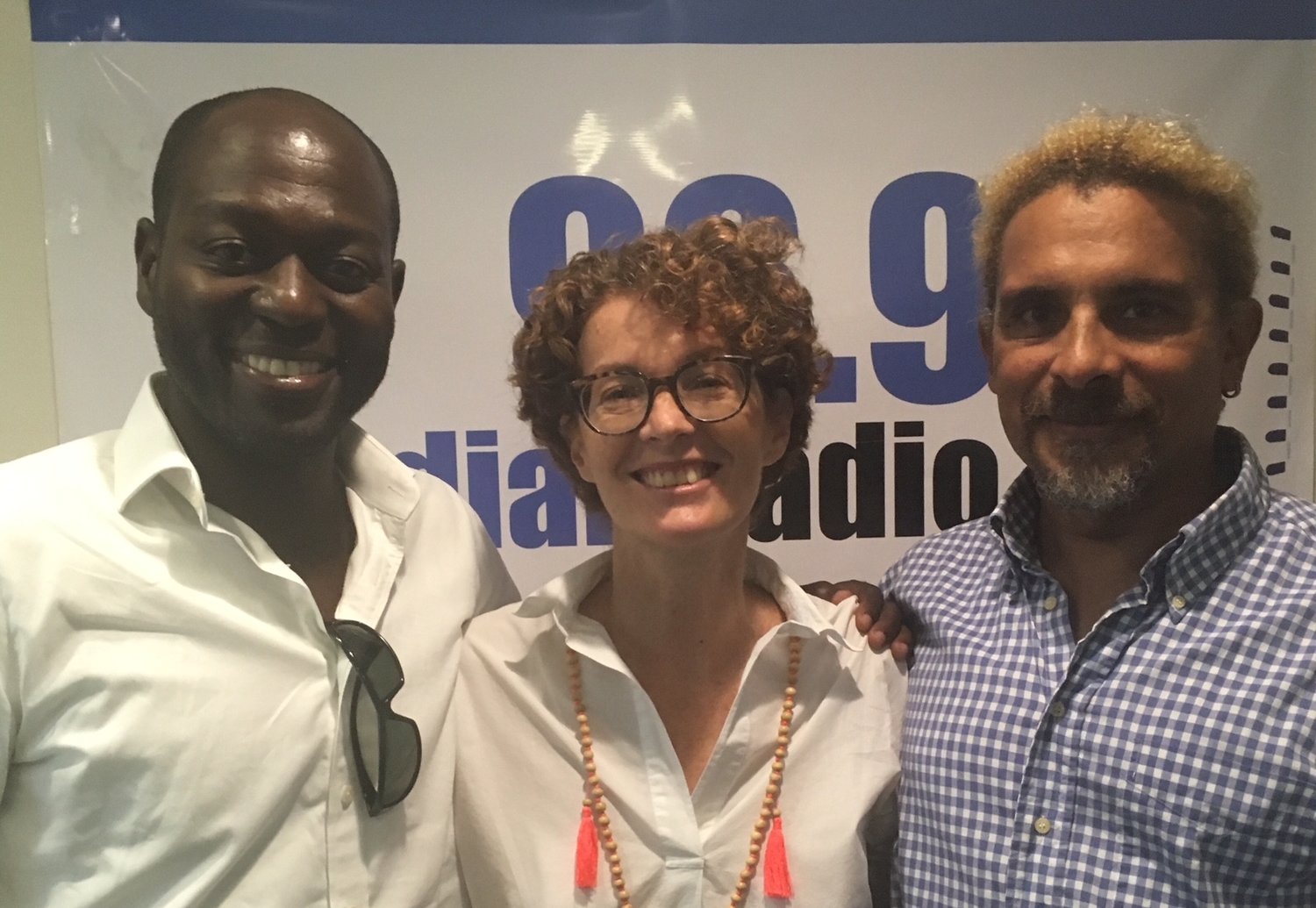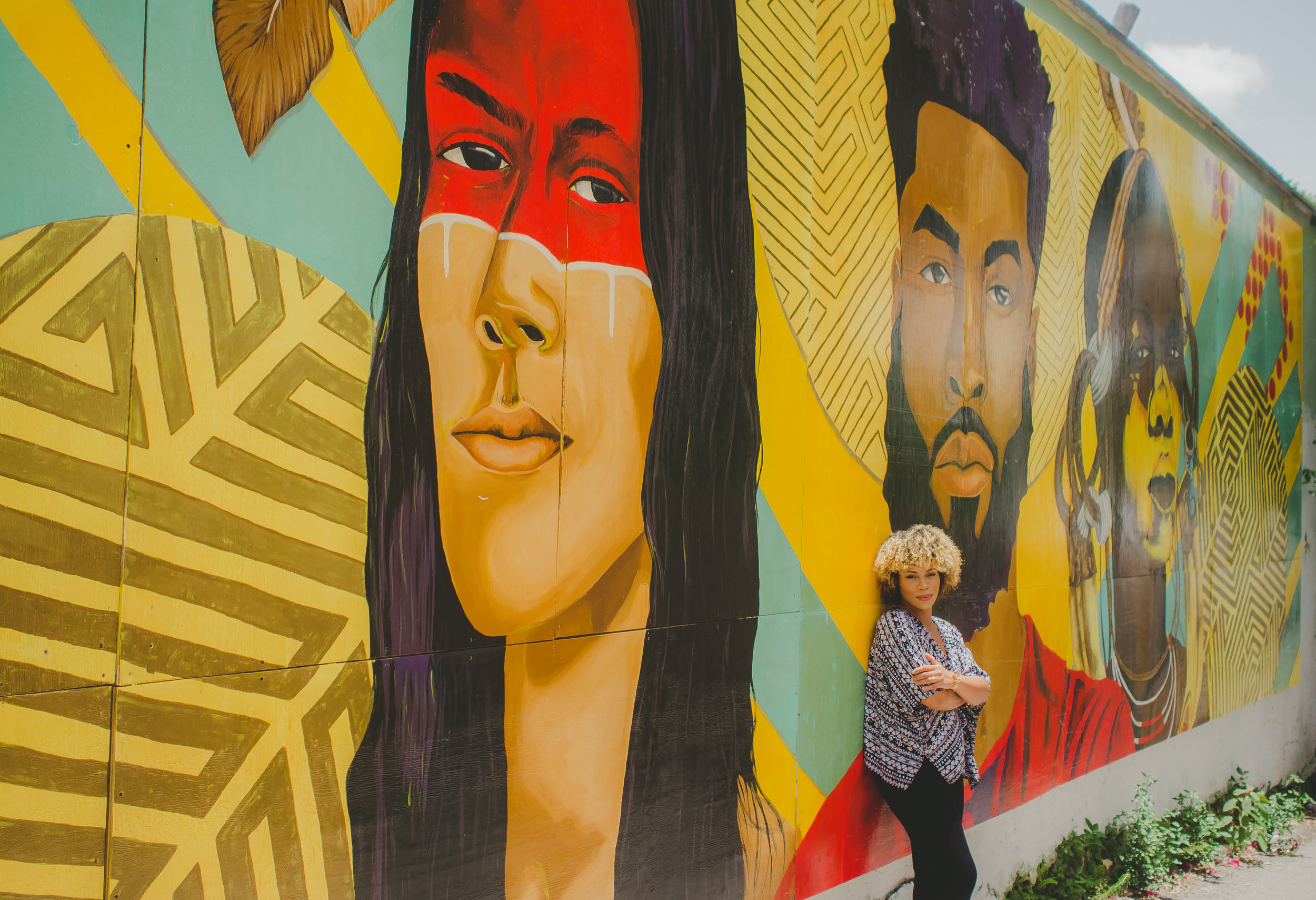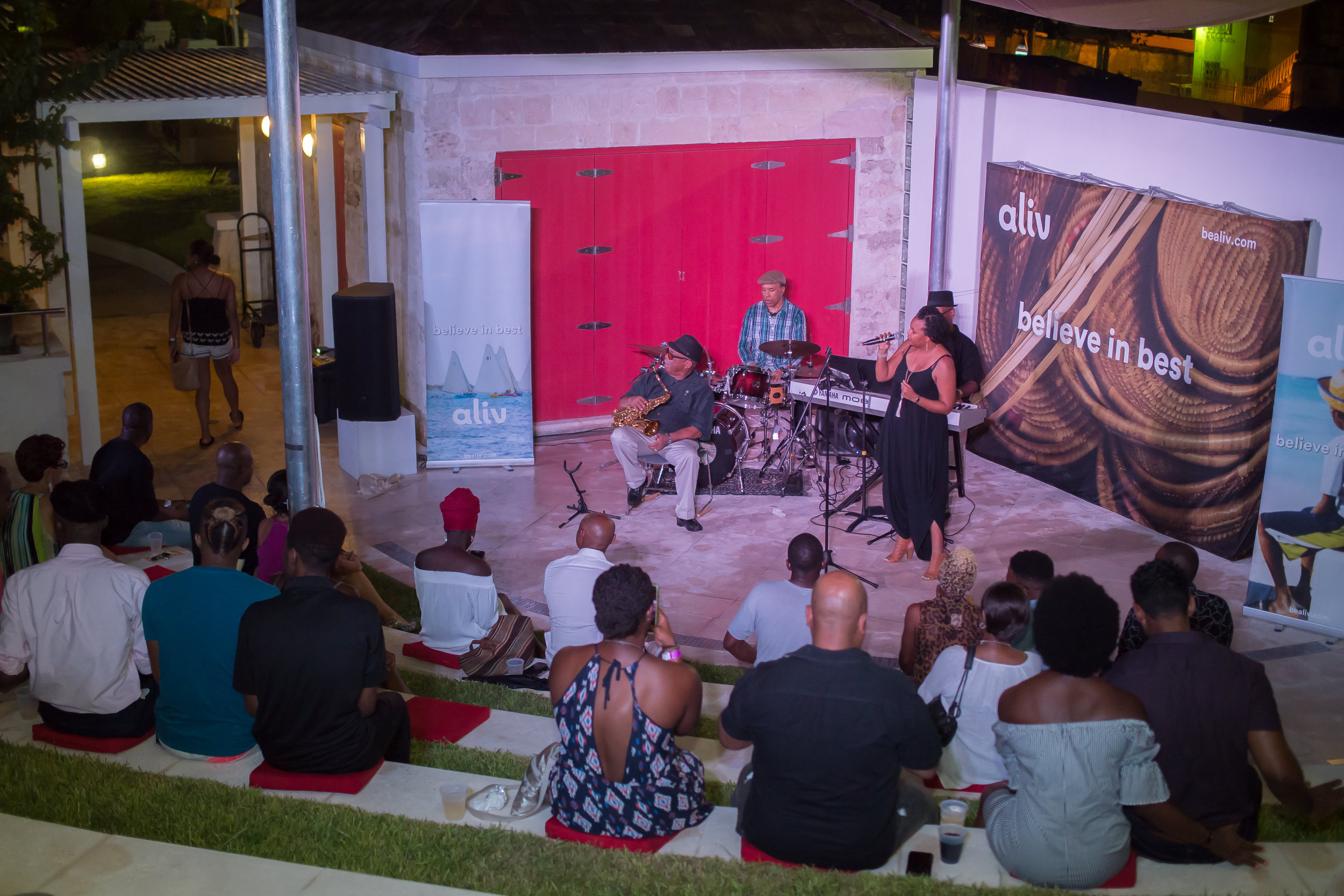By Natalie Willis. In Adelaide, there is a bell that has been ringing for at least a hundred years, but closer to two. Events, hurricanes, births and deaths, are all marked by the chime, and the proud denizens of this historic community for freed Blacks have, for generations, found themselves answering to its call. However, Tamika Galanis’ film, “When The Lionfish Came” (2015) is not a church bell…
It is an alarm.
